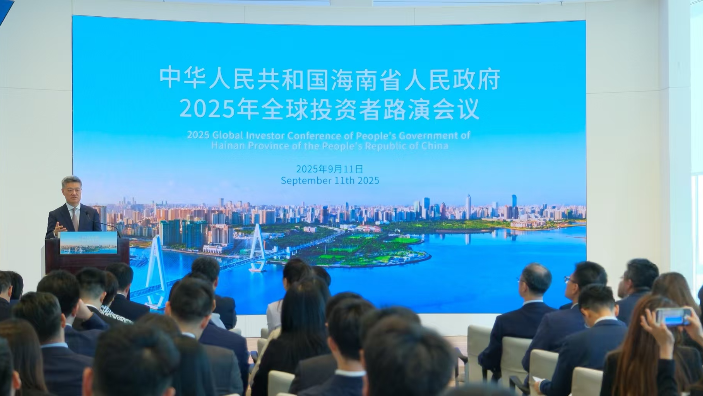By continuing to browser our site and use the services you agree to our use of cookies, Privacy Policy and Terms of Use. You can change your cookie settings through your browser.

Chinese passengers are welcomed by Philippine officials at Manila International Airport in Manila, the Philippines, Jan 24, 2023. [Photo/Xinhua]
Philippine economic growth rose to 7.6 percent last year, the highest annually since 1976, as easing of COVID-19 restrictions spurred domestic consumption. That expansion is among the highest in Asia.
Household spending rose 8.3 percent and government spending rose 5 percent, authorities said. The Philippines is an economy driven by consumption, which accounts for more than 80 percent of its GDP.
The 9.2 percent growth in the services sector likewise contributed to GDP growth last year. Exports of goods and services rose 10.7 percent.
"Our improved COVID-19 risk management and the easing of mobility restrictions have created a positive economic outlook, boosting economic activity and creating more jobs despite external headwinds," the Philippine Socioeconomic Planning Secretary Arsenio Balisacan said on Thursday.
Pent-up demand combined with new jobs had boosted consumption especially in the last three months of the year, he said.
Balisacan expressed his optimism about the country's "high-growth trajectory". The resumption of face-to-face education, increased business activity and a rebound in tourism will produce "ripple effects" that can support other sectors affected by the pandemic, he said.
The optimization of China's COVID-19 control measures will also be a boon to the Philippines, he said, given the strong economic ties between the two countries. China is one of the country's biggest markets for exports and tourism.
On Tuesday the Philippine Tourism Secretary Christina Frasco personally welcomed the first contingent of Chinese tourists arriving in Manila since China's optimized COVID-19 control measures were adopted.
However, Balisacan said external headwinds will ease Philippine economic growth this year, and he forecast that GDP would slow to 6 to 7 percent this year.
Michael Ricafort, chief economist of the Rizal Commercial Banking Corporation in Manila, said the easing of COVID-19 restrictions will not only boost the Philippine economy but also aid global recovery and reduce the risk of a recession in the United States.
"Philippine GDP is already back to pre-pandemic levels, but challenges remain."
High inflation, the Russia-Ukraine conflict and rising global commodity prices will temper the country's economic outlook this year, he said.
Last month inflation in the Philippines was at a 14-year high of 8.1 percent because of steep rises in food prices.
Ruben Carlo Asuncion, chief economist of the Union Bank of the Philippines, said economic growth may slow this year because of a possible global recession resulting in "weaker external demand and …the potential drag of higher interest rates and elevated inflation".
Balisacan said the government is working to tame inflation.
FTP Expert Talks | Xiaodong Lee, Vice President of the Internet Society of China and Founder of the Fuxi Institution: Hainan is the "Nebula" of New Digital Youth
09:47, 12-September-2025Hainan Issues Offshore RMB Bonds in HK for 4th Consecutive Year
09:46, 12-September-20252025 Hainan FTP International Students Content Creation Project
02:28, 12-September-2025What Makes "Hainan Travel" So Appealing?
09:38, 11-September-2025100 Days to Go: What's Next for Hainan-Hong Kong Cooperation?
09:38, 11-September-2025Expert Talks Ep. 4: The Future of the FTP's Digital Economy
09:35, 11-September-2025By continuing to browser our site and use the services you agree to our use of cookies, Privacy Policy and Terms of Use. You can change your cookie settings through your browser.





